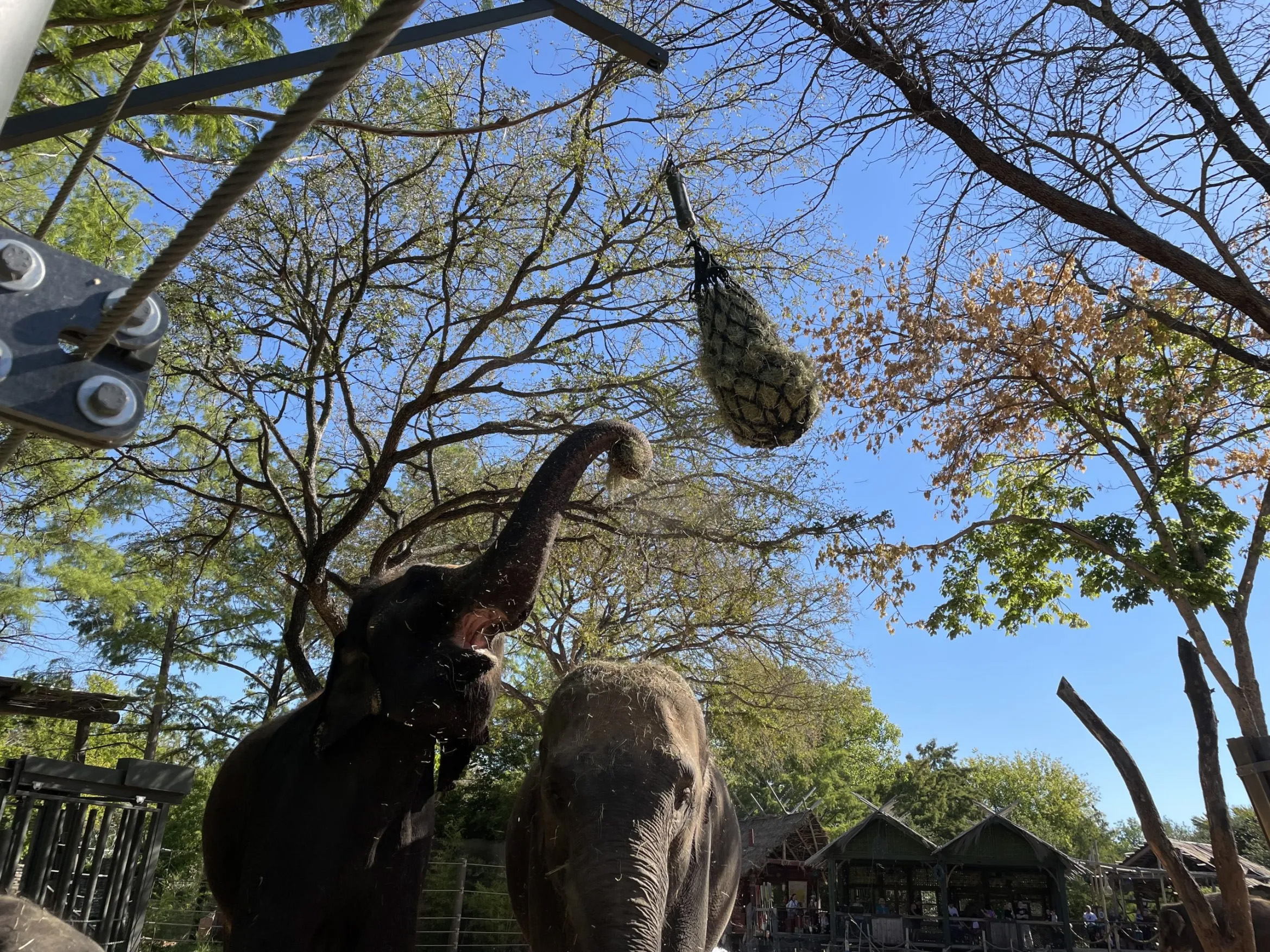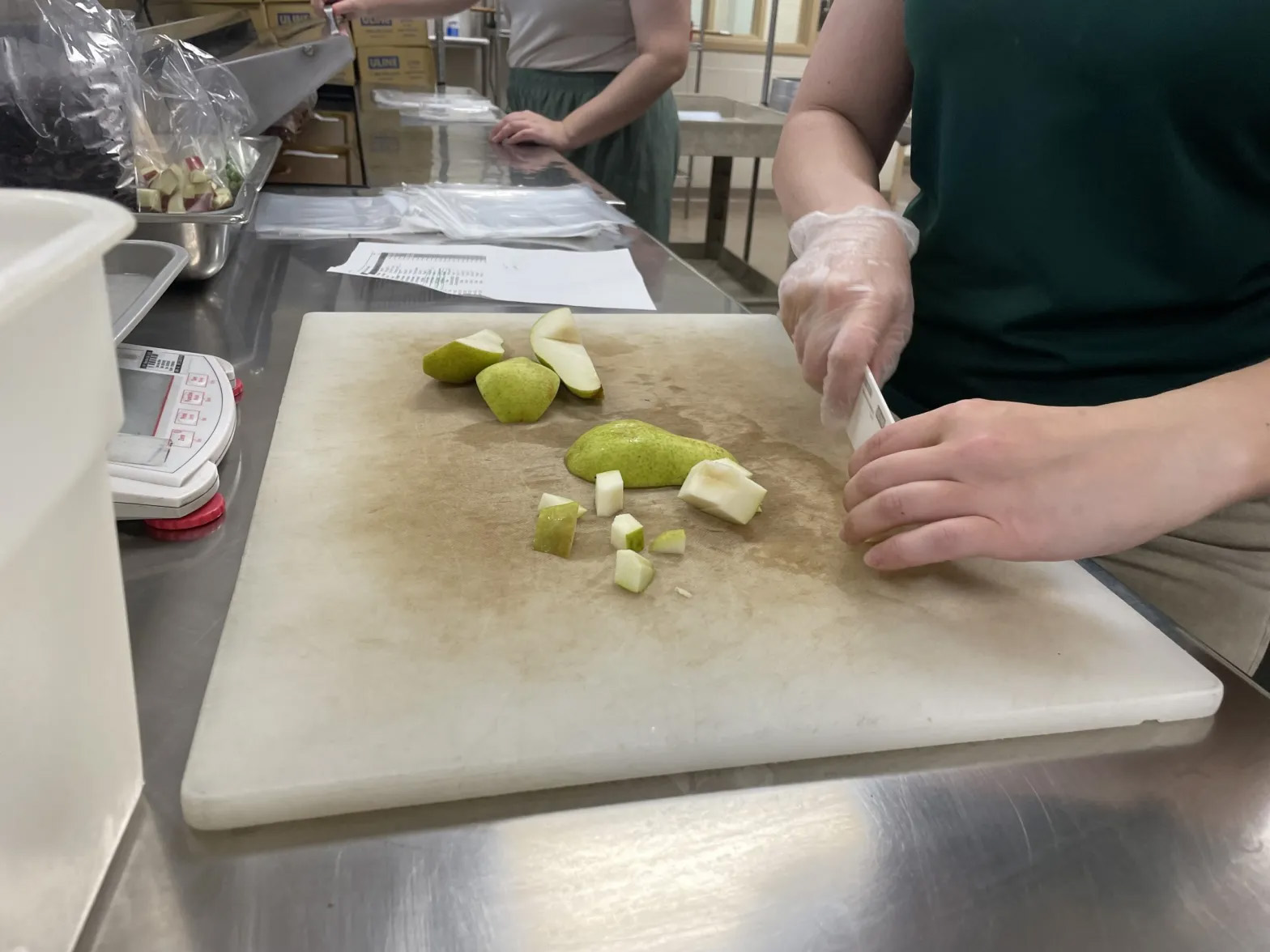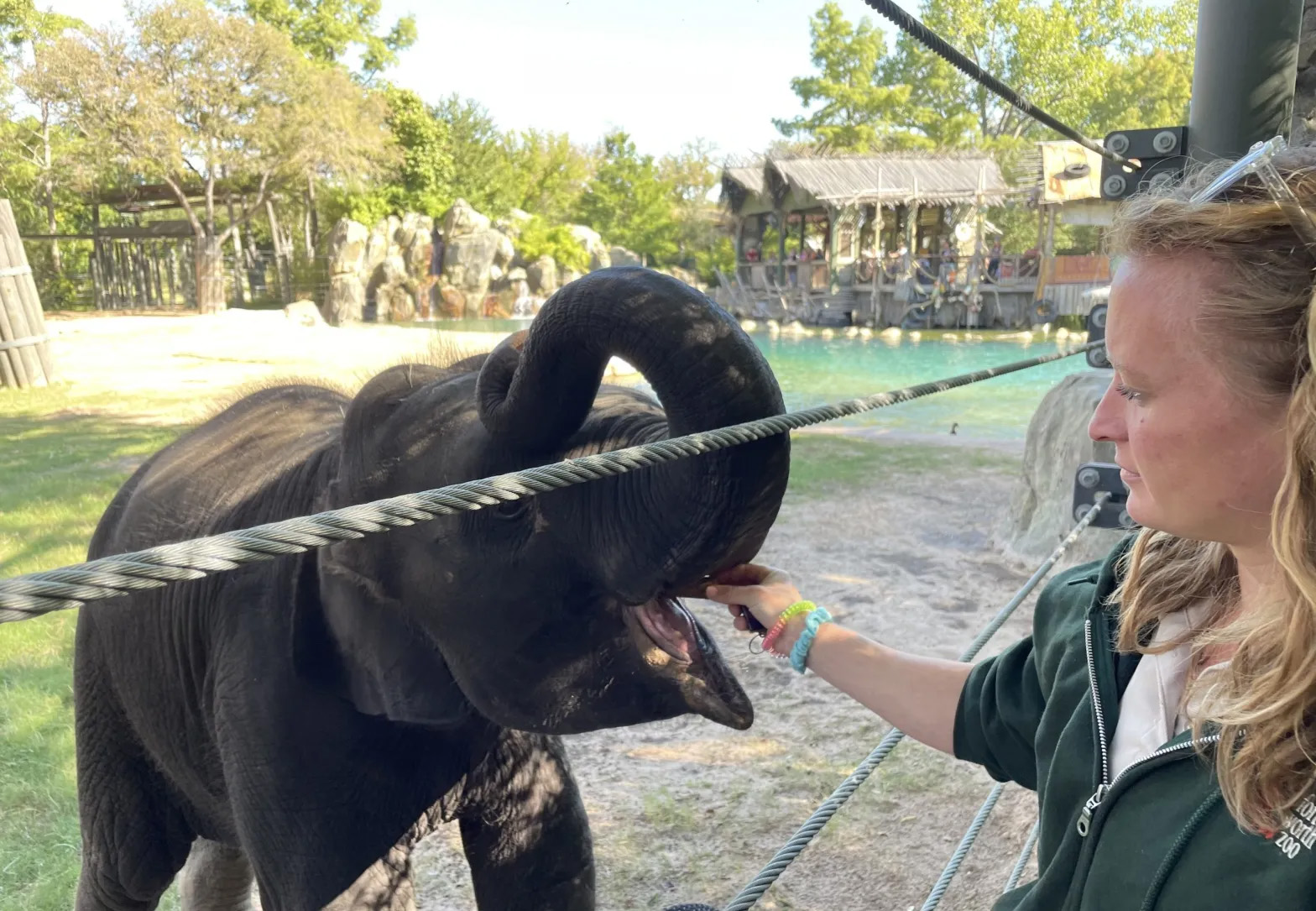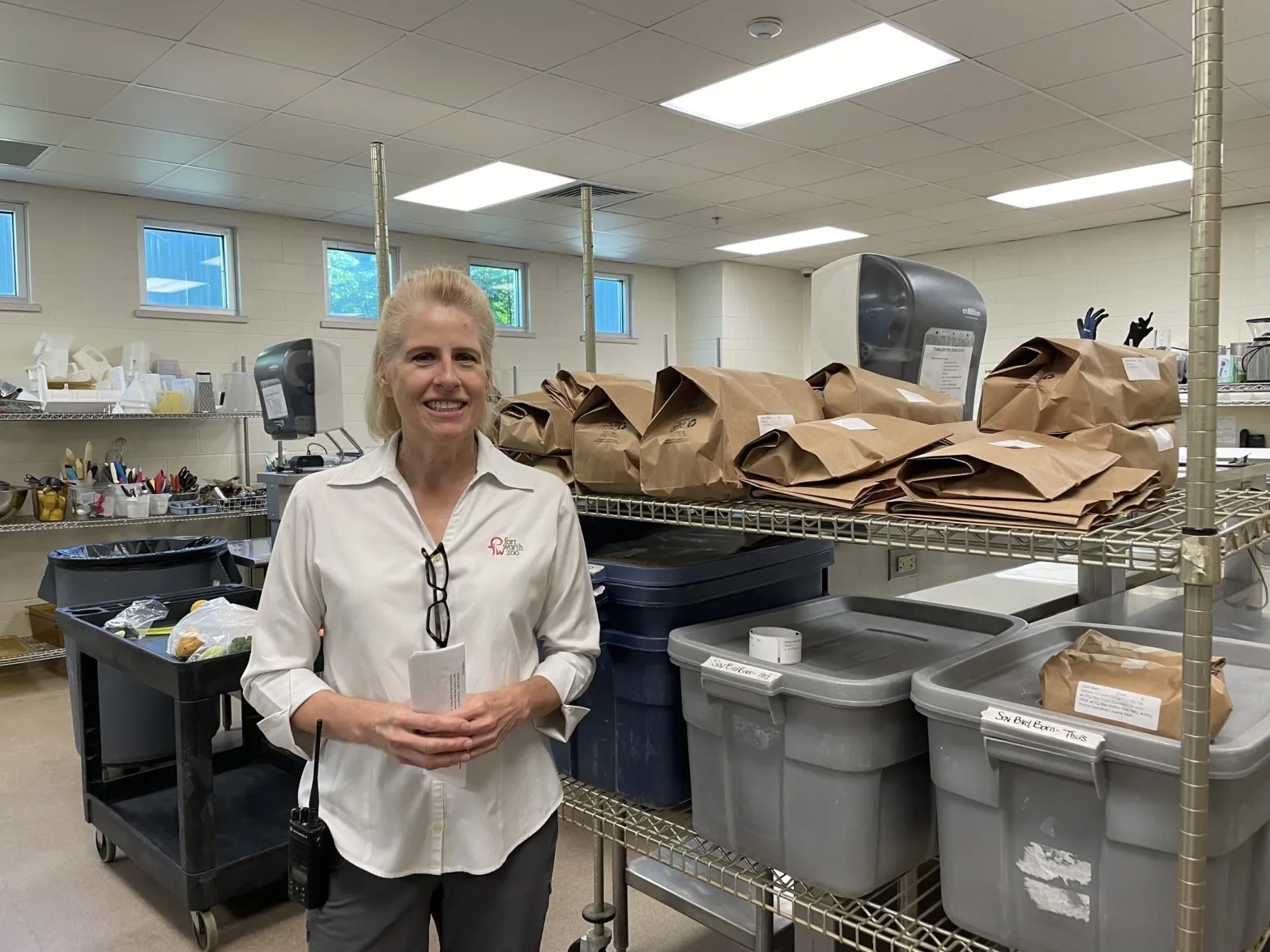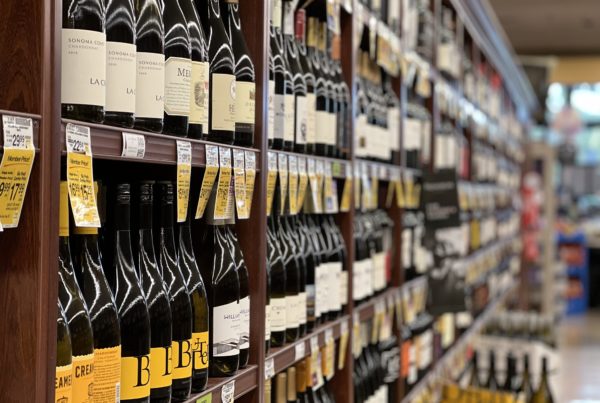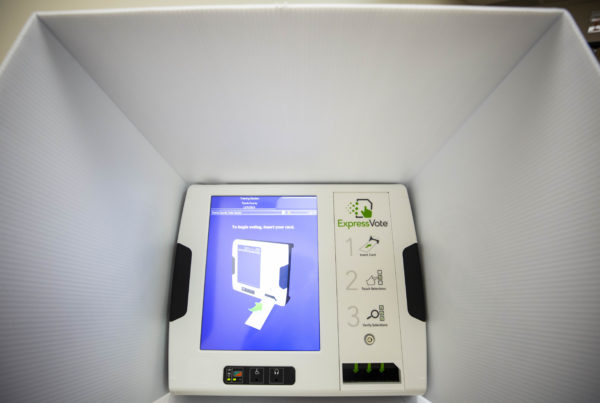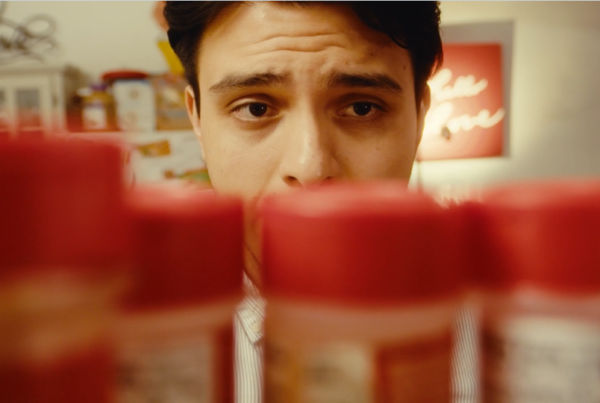From Fort Worth Report:
Ann Ward has an elephant-sized job. As the Fort Worth Zoo’s nutrition director, she’s in charge of making sure the zoo’s 7,000 animals are nourished.
In the morning, an assembly line works to cut, portion and package meat, fish and fruits for animals to feast on the next morning. The center also acts as a sort of test kitchen – figuring out what each animal will eat and what they won’t.
“Animals have taste preferences,” Ward said. “It would be really nice to say, hey, we just feed the same diet to every penguin, or each gorilla gets the same exact diet. But they won’t necessarily eat the same exact diet.”
More and more, Ward is watching the prices for the food go up. Usually, she can expect prices to rise by about 3% every year. Lately, though, the percentage is much higher. She expects produce prices, for example, to increase by about 8%, which means about $10,000 more in spending than usual.
“My manager who orders produce told me that the price of green leaf (lettuce) had just gone up to $50 a case from one of the suppliers,” Ward said. “Normally, it’s around $20.”
Produce makes up less than 20% of Ward’s $1.2 million annual food budget. But she’s also seen price increases in fish, meat and forages. Supply chain snarls, increased gas prices and labor shortages are a few reasons for the price increases, Ward said.
If price increases continue, Ward and her team will have to be strategic with finding nutritious alternatives to make the zoo’s food budget last.


